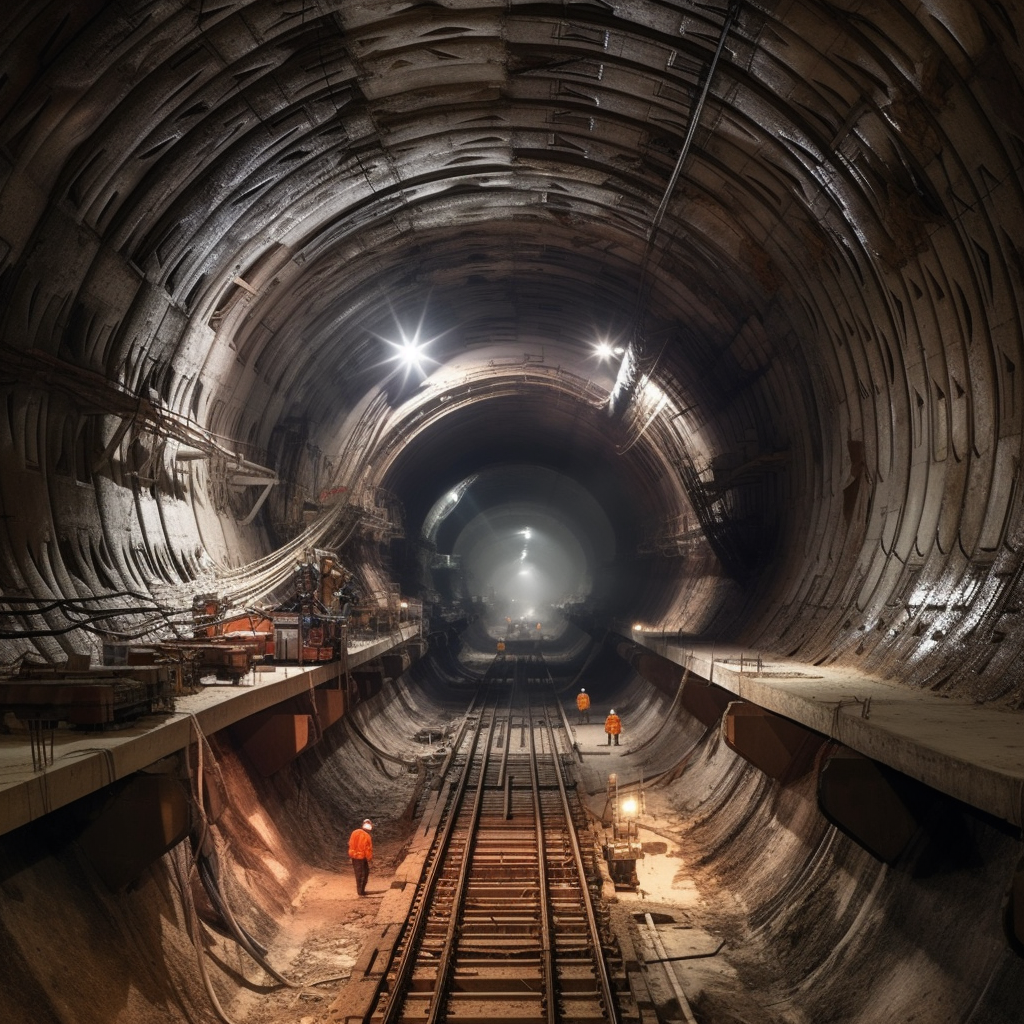August 8, 2023
Interlinked Threats – Climate Change, Air Pollution, Construction and Health
Book a Demo
Climate change, driven by the increase in greenhouse gas emissions and global temperature, is an existential threat to our planet. Recent data and analysis confirm a worrying rise in these indicators, potentially leading to irreversible climate disruption. This situation has precipitated efforts on a global scale to stabilize this phenomenon. These include strict measures to reduce CO2 emissions across all human activities, from industry to transport to agriculture.
One of the primary contributors to these emissions is the civil construction sector. This includes activities such as tunnelling, which alone is responsible for at least 37% of these emissions. Recognizing the need for sustainable practices in this sector, a new scheme has been proposed to assess climate compatibility in construction. The aim of this scheme is not only to reduce material consumption but also to promote resource-efficient construction. This approach is not only beneficial for the environment but also cost-effective, making it a win-win solution.
To illustrate the implementation of this new climate-oriented assessment concept, a case study on a numerical simulation of a realistic tunnel structure has been conducted. This case study serves as a practical example of how the proposed scheme can be applied to real-world construction projects, potentially leading to significant reductions in greenhouse gas emissions.
However, the impact of air pollution isn’t just limited to climate disruption. A recent meta-analysis study titled “Prenatal exposure to air pollution and childhood neurodevelopmental disorders” has explored the correlation between prenatal exposure to air pollution and neurodevelopmental disorders in children. The research indicates that high prenatal exposure to PM2.5, PM10, and NO2 significantly increases the risk of autism spectrum disorder (ASD) and attention deficit hyperactivity disorder (ADHD) in children.
These findings underline the need for policies and interventions to decrease air pollution exposure, particularly during pregnancy. By doing so, we can prevent neurodevelopmental disorders in children, safeguarding their health and wellbeing.
In conclusion, the threats posed by air pollution and climate change are interlinked and require a comprehensive, multi-faceted approach. From implementing climate-compatible construction methods to reducing prenatal exposure to air pollution, every action counts in our global effort to protect our planet and future generations.



